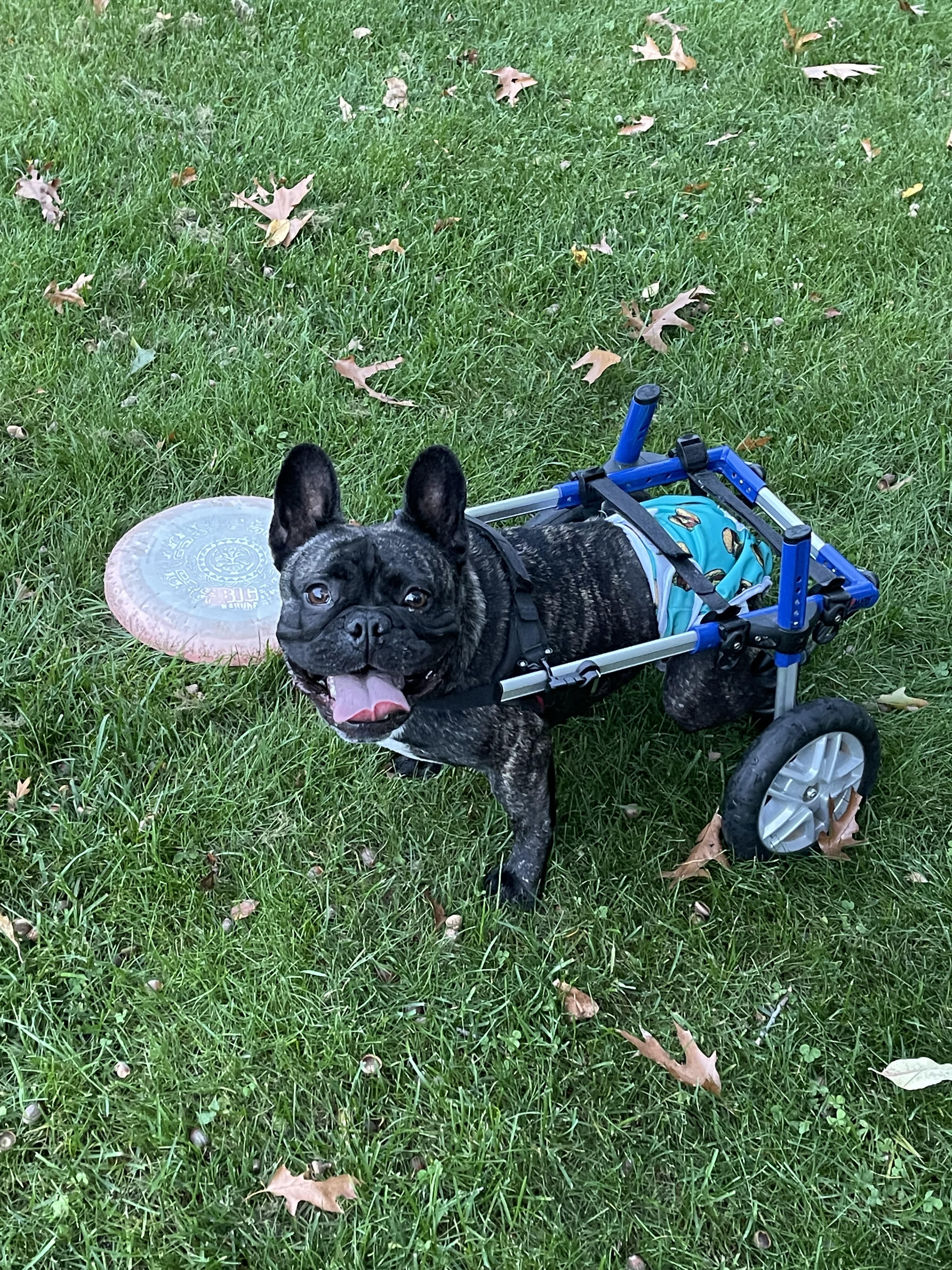 As pets age, they may slow down, but maintaining an active lifestyle is still crucial to their overall health and well-being. Senior pets, just like younger animals, benefit from regular exercise and mental stimulation. While their physical capabilities may decrease, engaging them in age-appropriate activities can help improve their quality of life, prevent obesity, support joint health, and even slow down cognitive decline. Here are some practical ways to keep your senior pet active and mentally stimulated.
As pets age, they may slow down, but maintaining an active lifestyle is still crucial to their overall health and well-being. Senior pets, just like younger animals, benefit from regular exercise and mental stimulation. While their physical capabilities may decrease, engaging them in age-appropriate activities can help improve their quality of life, prevent obesity, support joint health, and even slow down cognitive decline. Here are some practical ways to keep your senior pet active and mentally stimulated.
The Importance of Gentle Exercise for Senior Pets
Exercise plays a crucial role in maintaining the health of senior pets. While high-energy activities may no longer be suitable for older pets, low-impact, moderate exercise can still help them stay fit, maintain muscle mass, and keep their joints limber.
- Daily Walks: For senior dogs, daily walks are one of the best ways to keep them physically active. The key is to adjust the pace and duration to your pet’s abilities. Shorter, slower walks around the neighborhood or a nearby park are ideal. Avoid rough terrain or long hikes that could strain their joints. Remember, consistency is more important than intensity.
- Swimming: Swimming is an excellent low-impact exercise, especially for senior pets with arthritis or joint issues. The buoyancy of the water reduces stress on their joints while still providing an effective workout. However, keep in mind that swimming is a very active sport, and your older pet may need some assistance in the water. Consider getting a life vest for your dog that provides buoyancy not only underneath but also along the back.
- Indoor Play: If your pet is less mobile or the weather doesn’t permit outdoor activities, indoor play is a great way to keep them active and engaged. Gentle games like tug-of-war, fetch with a soft toy, or rolling a ball across the floor are good options for senior pets. Avoid activities that require jumping, twisting, or sudden stops, as these can be hard on older joints.
- Stretching and Massage: For pets that struggle with mobility, regular stretching can help maintain flexibility and ease muscle tension. A gentle massage can also stimulate blood circulation and relieve stiffness in older pets, providing a calming and beneficial form of physical activity.
Mental Enrichment for Senior Pets
Keeping a senior pet mentally engaged is just as important as physical exercise. Cognitive decline is common in aging pets, but providing mental stimulation can slow this process and keep their minds sharp.
- Interactive Toys: Puzzle toys, treat-dispensing toys, and other interactive games are excellent tools for mental stimulation. These toys challenge your pet to solve problems and keep them engaged for longer periods. For senior pets, choose toys that are neither too difficult nor too easy, but still encourage them to think and explore. Additionally, consider LickiMats, Kongs, snuffle mats, and doggie ice cream to keep your dog entertained.
- Scent Games: Dogs, in particular, enjoy using their noses, and senior pets can benefit from scent games, which require minimal physical effort but keep their minds sharp. Hide small treats around the house and encourage your dog to find them. For cats, you can do the same with their favorite toys, kibble, cat treats, or catnip.
- Training Sessions: Even in their senior years, pets can still learn new tricks or practice old ones. Training sessions provide mental stimulation and strengthen the bond between you and your pet. Short, positive training sessions that reward your pet with treats or praise can keep them engaged without causing stress or fatigue.
- Environmental Enrichment: Small changes to your pet’s environment can provide mental stimulation. For example, rotating their toys or rearranging their space can give them new things to explore. Cats, in particular, benefit from climbing or perching areas, such as cat trees, window seats, or shelves, where they can observe their surroundings.
- Music: Playing music for your pet is a great way to enrich and calm them. There is even music made for dogs and cats. Check out “Through a Dog’s Ear: Music to Calm Your Canine Companion” and “Through a Cat’s Ear: Music for Calming”.
Adjusting Activities to Suit Your Pet’s Needs
Every senior pet is different, and their exercise and enrichment needs will vary depending on their health, breed, and personality. It’s essential to monitor how your pet responds to different activities and adjust them accordingly. For instance, if your dog shows signs of discomfort or exhaustion during a walk, it may be time to shorten the distance or slow down the pace. Similarly, if a puzzle toy seems too challenging for your pet, try something simpler to keep them from becoming frustrated.
If your senior pet has any health conditions, such as arthritis, heart disease, or cognitive decline, it’s essential to consult with your veterinarian before starting new exercise routines. Your vet can help recommend appropriate activities and provide guidance on managing any limitations.
Keeping senior pets active and engaged is key to their overall health and happiness. With gentle exercise and mental enrichment activities tailored to their abilities, senior pets can stay fit, mentally sharp, and emotionally fulfilled. Regular physical and mental stimulation not only enhances their quality of life but also helps prolong it, allowing them to enjoy their golden years to the fullest. For more information about your pet’s quality of life, please call our office at (802) 871-2329 to schedule a telemedicine appointment.
